Google Assistant vs Alexa: What’s the best digital assistant?
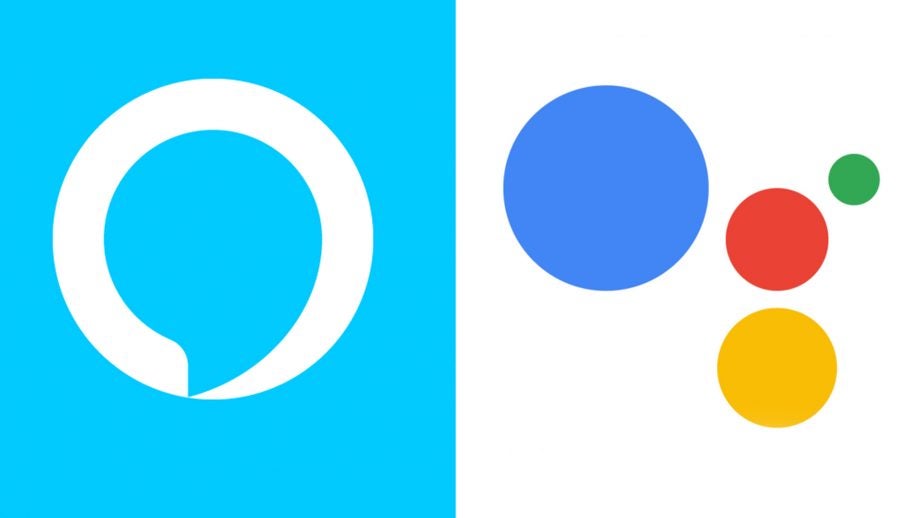
Google Assistant and Amazon Alexa are the two most popular digital assistants around, but which is best? Our Google Assistant vs Amazon Alexa guide reveals all.
Yes, Google and Amazon are very much at war in 2019, vying for control of your living room, kitchen and (in the least dodgy way possible) bedroom with their respective AI helpers. The big question, then, is which side should you join?
Let’s take a look in some more detail.
Google Assistant vs Alexa – The basics
Let’s start with the real basics to avoid any confusion, since this is an area where several tech-y terms intersect. Google Assistant is the AI-powered software you talk to when using a Google Home speaker, or when you long-press the Home button in recent Android phones. It’s Google’s Siri, if you like.
Alexa is Amazon’s equivalent technology and what you talk to when using an Amazon Echo smart speaker, or a Fire TV remote control.
If you want to dim the lights with a voice command, or get a traffic update, you often have a choice of which assistant to use. Both are supported by a wide range of third-party smart home products and speakers.
Now, let’s dive a little deeper.
Related: Google Home vs Amazon Echo
Google Assistant vs Alexa – How smart are they?
Google Assistant and Amazon Alexa are getting smarter by the day. However, I find Assistant the more natural of the two to use.
While Alexa has improved recently, with the ability to interpret your questions based on those you’ve already asked, right now Assistant knows more thanks to Google owning the internet search space for what seems like forever. Questions to Assistant are less likely to be met with a, “Sorry, I don’t know that one” response, which can bring an abrupt end to the illusion you’re dealing with something intelligent.
For example, Google Assistant doesn’t fail when asked, “When are UK taxes due?”, but Alexa does. Similarly, say “I don’t like this one”, when playing a Spotify song and Assistant will skip to another track. Alexa, on the other hand, tells you: “Thumbs up and down are not supported on Spotify”. Thanks, that’s real handy!
If you’re after a digital helper such as those that feature in popular sci-fi films, Google Assistant is clearly ahead at present.
However, Alexa is ahead in a trite but – unfortunately – important way. Alexa’s ‘wake word’, which is what you say to make a smart speaker start listening, is less of a mouthful than Google’s. “Alexa” is simply easier to say than “OK, Google”, which is a vowel salad.
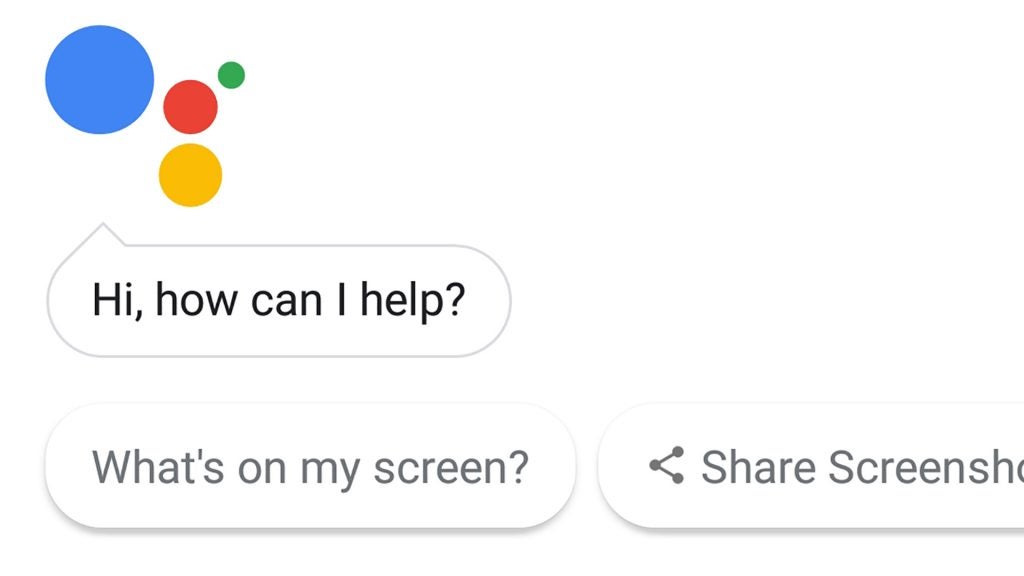
Google Assistant vs Alexa – Which does more?
Alexa has a greater breadth of abilities thanks to ‘skills’. These are effectively apps for your smart speaker that let you do more with your device than it’s capable of out of the box.
Particularly useful are recipe ‘books’ and guided meditations, or you can play radio stations with Radioplayer. There are tens of thousands of these skills, some very specific. Multiple Skills are available just to let you know the value of resistors by their markings, to give one example of how niche things can get. Other skills allow you to voice control your smart home equipment, robot vac, or Plex setup.
Google Assistant offers something similar in the form of ‘actions’, but there are far fewer available. The total number is in the hundreds, rather than thousands, and you can’t yet use Google Assistant to tell you the values of a resistor as you try to fix a broken gadget.
Yet while Alexa lets you interact with way more smart home devices, apps, and other useful services, there’s still a sense that the foundations of Google Assistant are more appealing. Again, it’s all about the naturalistic way it responds.
Related: Best Alexa Skills
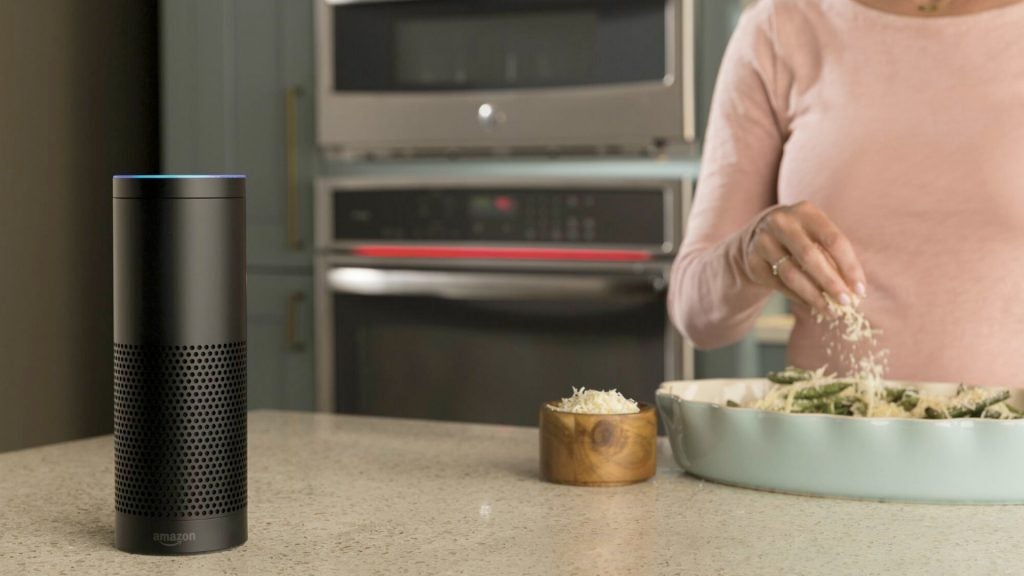
For example, you can ask either system to “play This American Life” and both will find the latest episode of this popular podcast. But the results are different if you request to play a lesser-known politics podcast, “Reasons to be Cheerful.”
Say, “play Reasons to be Cheerful,” and both systems will predictably play the song of the same name by Ian Drury and the Blockheads. Add “podcast” to the end of that request and Google Assistant finds the right podcast, where Alexa once again fails to perform, offering a dead end.
Alexa’s skills can also seem a little modular, in that some can’t be loaded just by asking for the right kind of content. You need to mention the skill’s actual name, which can feel awkward and unfriendly.
Since these AI platforms are changing rapidly, we can’t say what they’ll be like in six months. But the Google Assistant approach – of closely integrated abilities, rather than a sea of the things activated by precise commands – is more appealing overall.
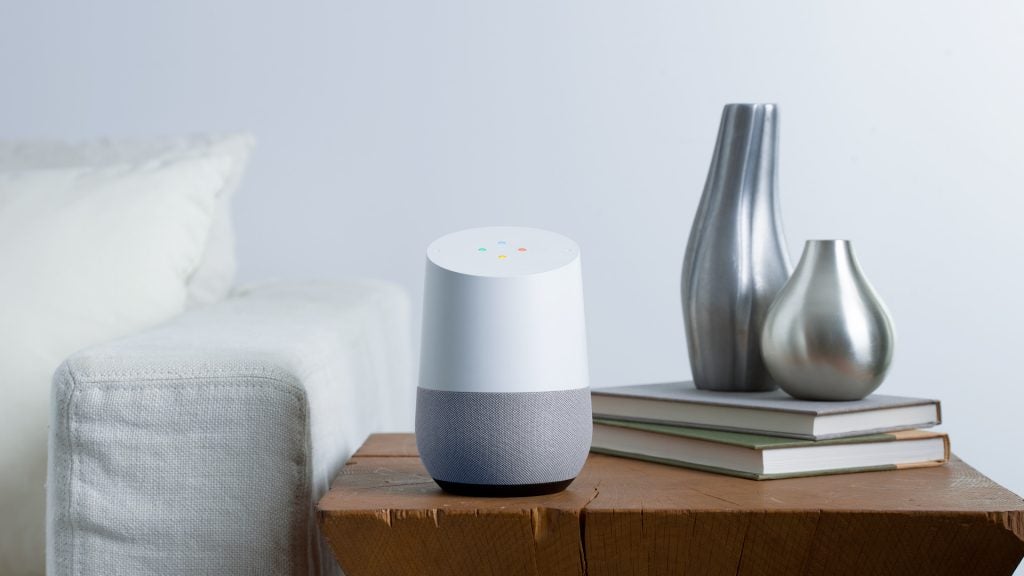
Google Assistant vs Alexa – Assistants on your phone
There’s also the phone side of things to consider. Alexa is primarily an assistant of Amazon’s Echo speakers, Fire TV devices and – to a lesser extent – Fire tablets. The Google Assistant is available for iPhones and Android handsets, and comes built into just about all new Android phones.
You can download Alexa for Androids and iPhones, but the app doesn’t actually give you full access to the Alexa experience, just a control panel.
Google Assistant vs Alexa – Exclusive features
Each side also has a few special features worth considering. For Google Assistant, Chromecast lets you take media from your phone and fire it over to your TV. Chromecast is a low-cost media dongle that plugs into a TV’s HDMI port. There’s also one for audio, called Chromecast Audio.
This is great if you want to turn your old, but still great-sounding, ‘non smart’ hi-fi system into a smart home-controlled system. Chromecast doesn’t have a full interface of its own, though – it’s just a middle-man that bridges old tech with new.
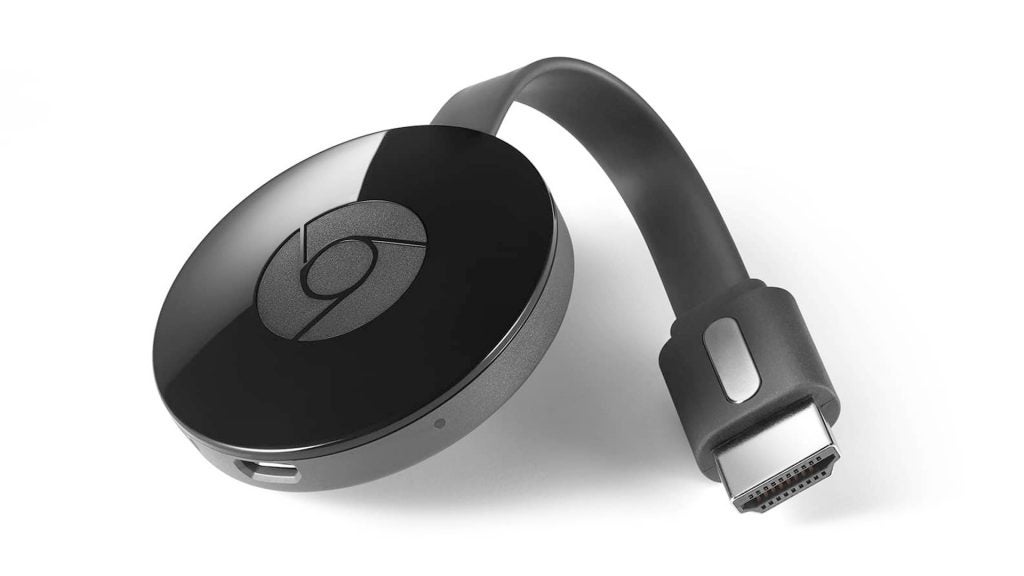
Amazon’s alternatives are the Fire TV Stick and the more powerful new 4K Amazon Fire TV. These are more familiar TV devices that have a full on-screen interface, and come with a remote. They let you play Netflix, games and download an array of apps — the Fire TV family is based on Android, so it enjoys access to a pretty gargantuan ecosystem.
Alexa comes into play with the newer Fire TV remotes. There’s a mic in the included plastic wand, via which you can request content with a voice command. We tend to recommend the Fire TV stick to people looking to stream all the latest services on their non-smart TVs, or those with creaky old smart interfaces.
However, Chromecast does boast much closer integration with your phone, and while less accessible, may appeal to the more tech-y among you.
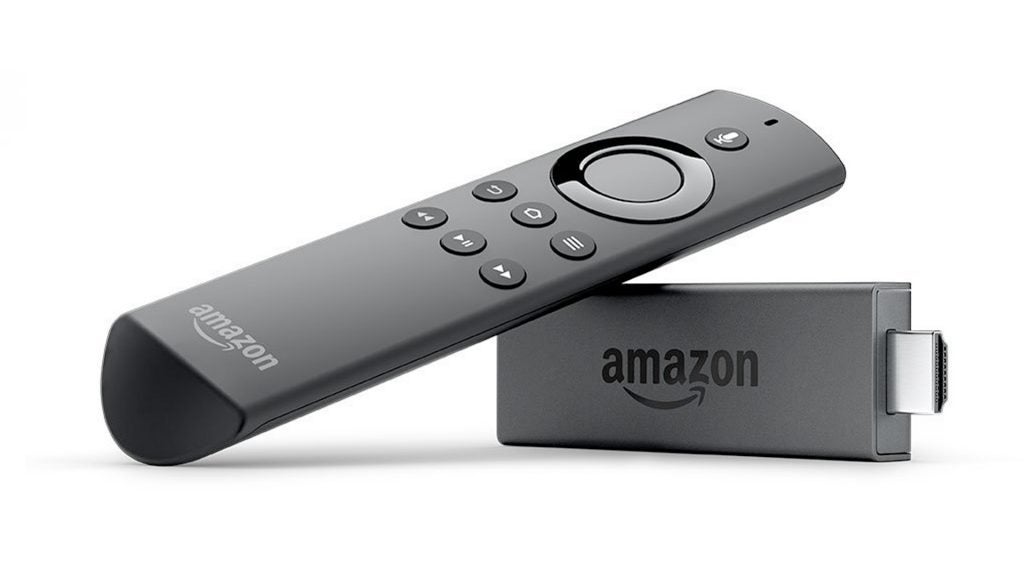
Google Assistant vs Alexa – First-party hardware
The most common way to interact with Google Assistant or Alexa is through a smart speaker. Assistant may be more easily available on phones, but in our experience, you won’t use your digital assistant much out on the street compared to at home.
Third-party speakers and other gadgets are starting to integrate both digital assistants, but most smart home buyers are likely to buy a Google or Amazon speaker first. Here’s a run-down of what’s out there. Note that we’ve left out the newest Amazon device, the Echo Spot, because we’ve yet to review it in full. But you can an idea of where that slots in by reading our Echo Spot hands-on review.
The cheapest way to get hooked up with Alexa is with an Echo Dot 2, a puck-shaped speaker with an LED ring around the top. It comes in white or black, but isn’t exactly the best-looking gadget out there. That said, the light on top does look neat. Microphone sensitivity is excellent, although its sound quality is poor. Don’t rely on this one to listen to much music.
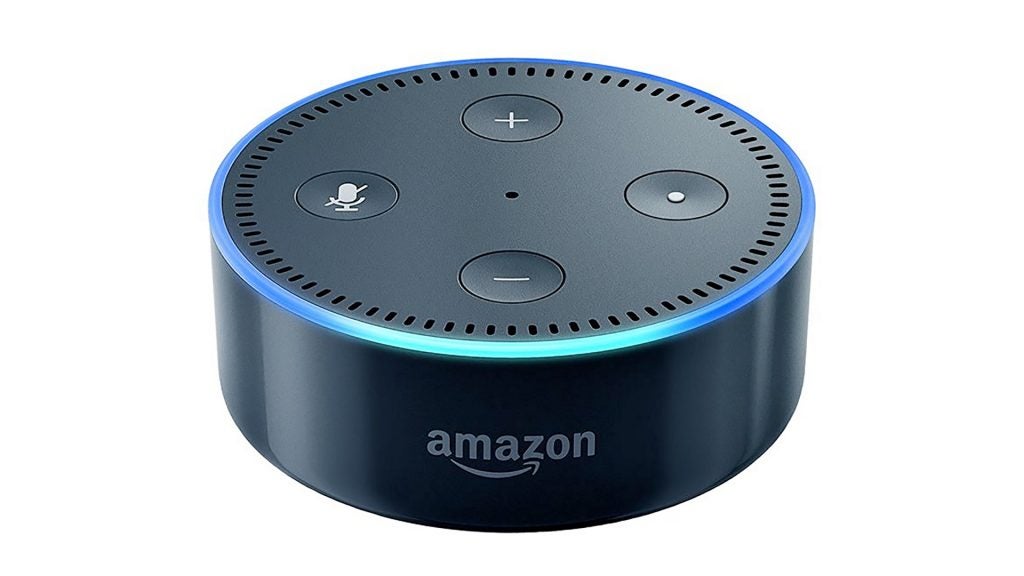
Google Home Mini
£49/$49
The mini Google Home speaker looks better than Amazon’s unit, with a top grille that’s available in grey (‘chalk’), charcoal or coral pink shades. Its LEDs are hidden behind the grille, for added subtlety. This speaker sounds better than Amazon’s Echo Dot 2, with a fuller bass. You might guess the driver is upwards-firing from the design; it’s actually downwards-firing.
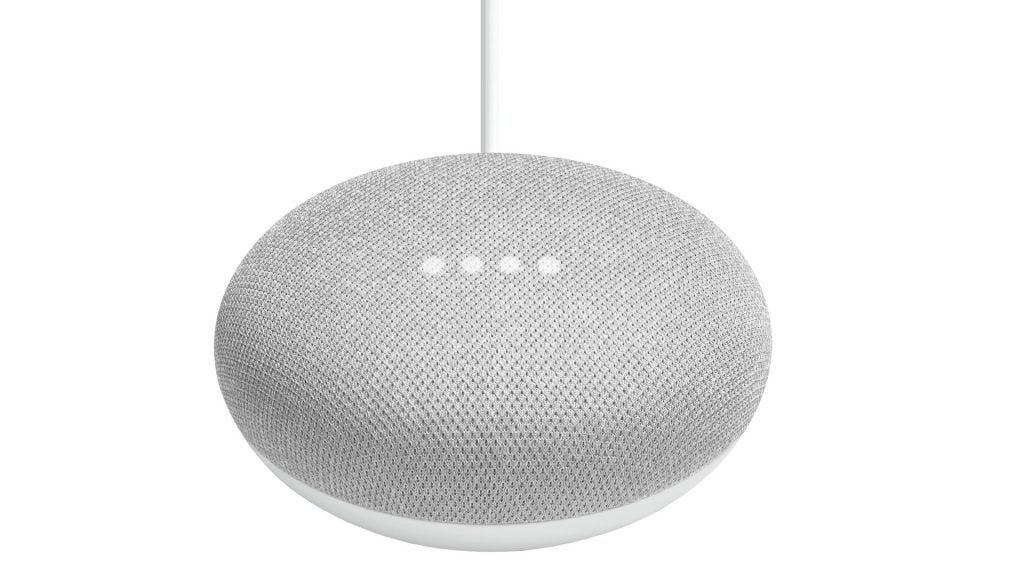
Amazon Echo 2
£89/$99
The Echo 2 fills in a gap in price between the original (discontinued) Echo and the Dot. There’s nothing from Google at this price, yet. Sound quality is far better than the Dot, but isn’t on a par with the Sonos One. We wouldn’t recommend it for audio fans looking for an everyday music speaker, but it will do the trick as a next-gen bedside or kitchen radio.
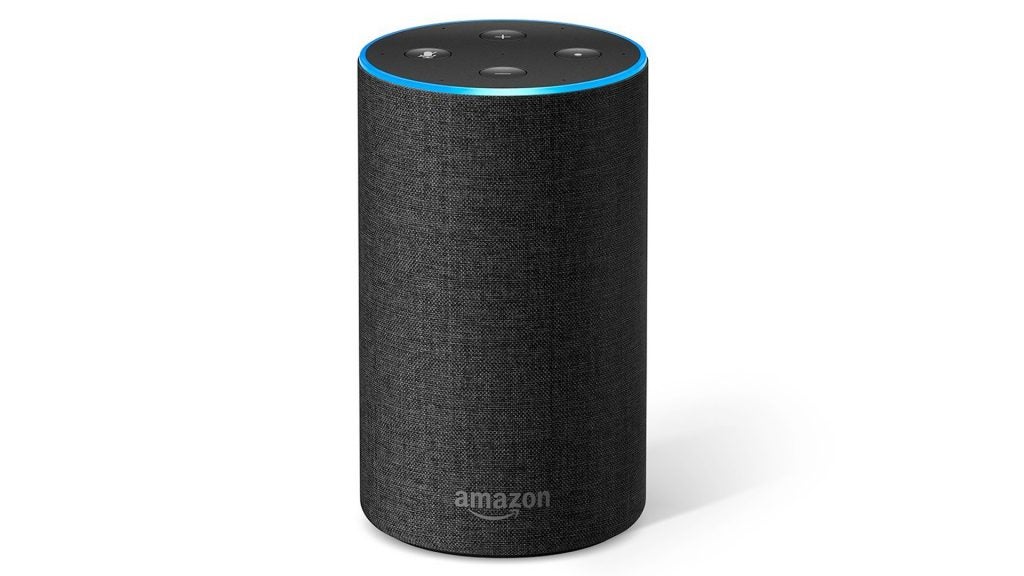
Google Home
£129/$129
Google’s original speaker is the Home. It’s a curvy-looking unit with a wedge cut out of its top. Pull off its lower grille and you’ll find a 5cm driver and two passive radiators. The sound doesn’t compare to the best wireless speakers at the price, since clarity is just okay and the bass isn’t all that well-controlled or fast. However, it’s a pleasant enough listen.
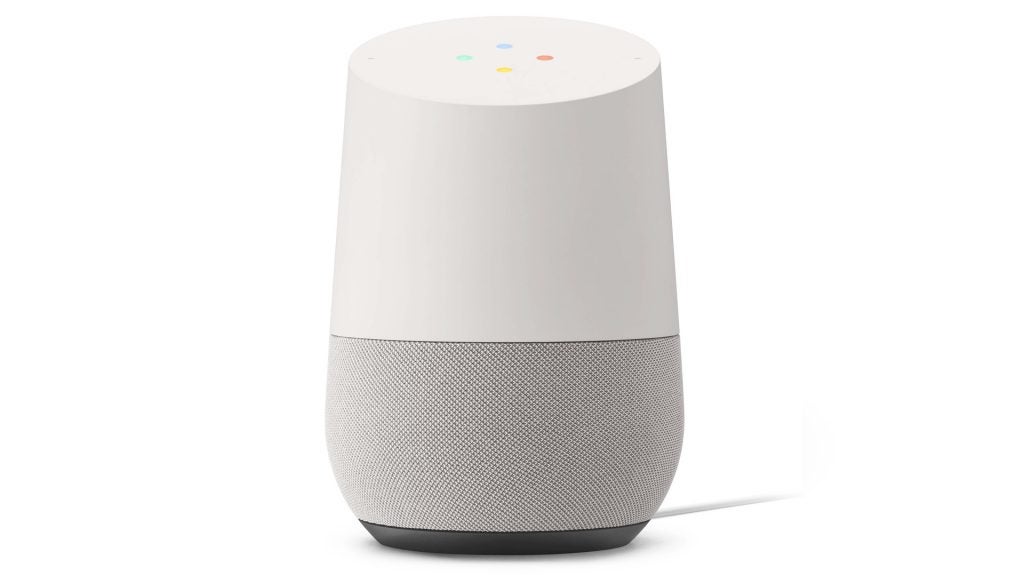
Amazon Echo Plus
£139/$149
Probably the best-sounding of the first-party smart speakers available as of January 2018, the Echo Plus takes the design of the discontinued original Echo and tweaks it a little. There’s decent detail and projection of sound. Put it on a desk or coffee table and it makes a good casual music speaker. However, the Sonos One still beats it by some margin for sound quality.
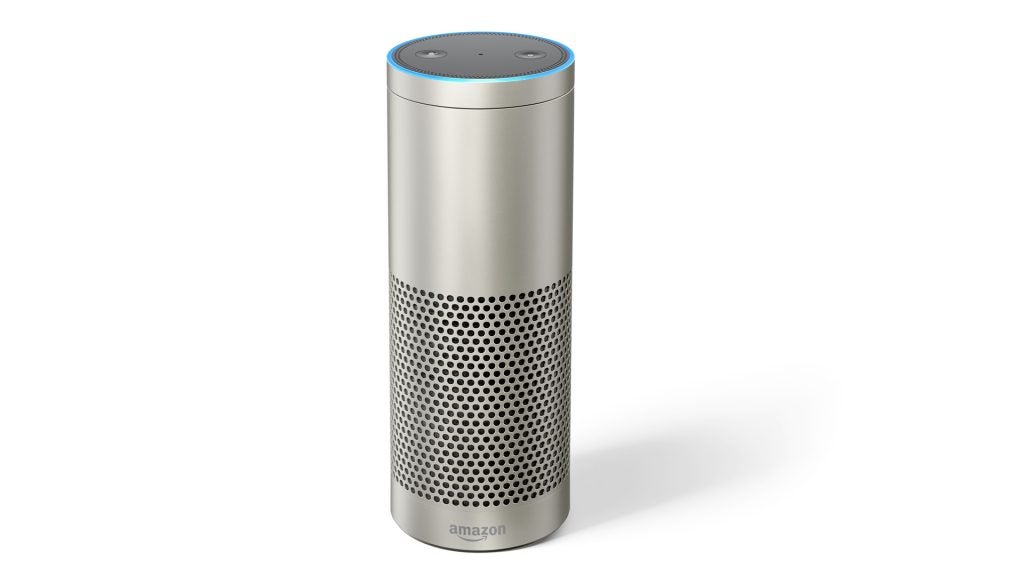
Amazon Echo Show
£199/$229
The most dynamic of digital assistant devices, the Echo Show is a speaker but also has a camera and a screen that will display appointments and Amazon Prime movies, and other results from your requests. Sound quality doesn’t match the Echo Plus, but this isn’t really the idea. This is a very neat interface to put in, say, your kitchen.
‘Drop In’ is an interesting, if unnerving, extra feature. It lets friends and family video chat with you whenever they like, or just check up on what your Show’s camera can see. Some folks will be fine with this, but it’s other people’s idea of hell.
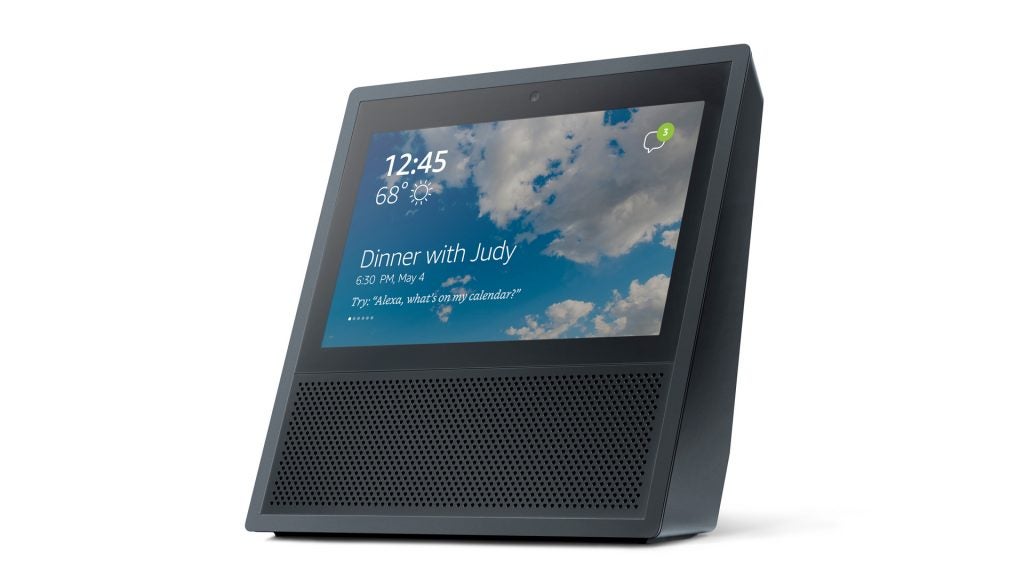
Google Home Max
$399
We’re yet to review the Home Max, but it’s the obvious first-party choice if you want a digital assistant speaker to fill rooms. It has two tweeters and two 4.5-inch woofers, capable of big bass and very high volume. However, at the price it has plenty of competition from traditional multiroom speakers, many of which can be controlled through Google Home.
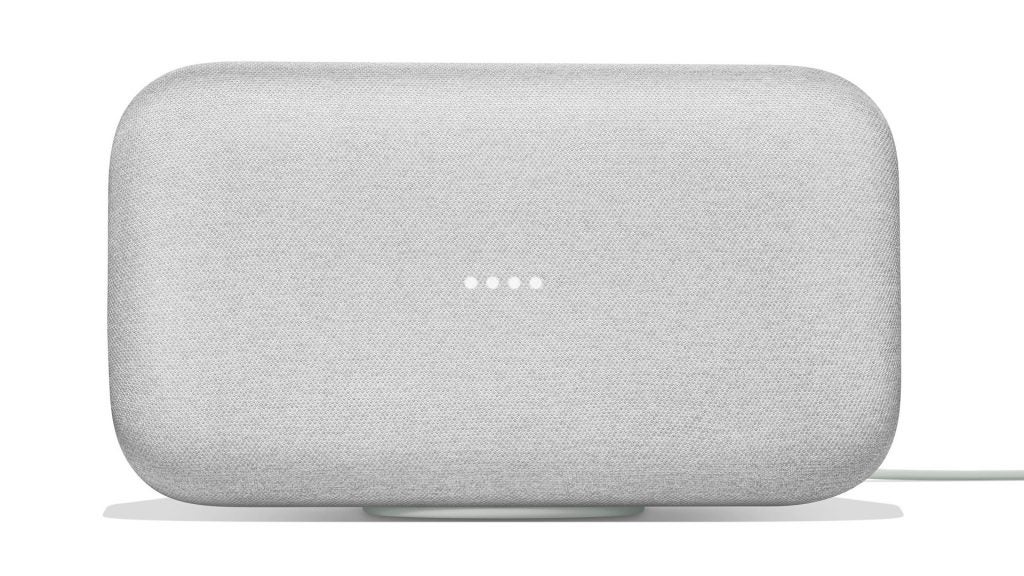
Google Assistant vs Alexa – Third-party hardware
Sonos One
£199/$199
The most important third-party smart speaker of the moment is the Sonos One. It’s the old Sonos Play:1 revamped with a tweaked design and support for Amazon Alexa. As we’ve seen in other areas, Amazon just gets there first almost every time.
However, Google Assistant (Home) support is coming in the future.
The Sonos One is a great-sounding small wireless speaker that beats the Google Home smart speaker and the Amazon Echo Plus for sound quality. However, its microphones aren’t as sensitive so you can’t make commands from as far away, or with as much ambient noise, as Google’s and Amazon’s own.
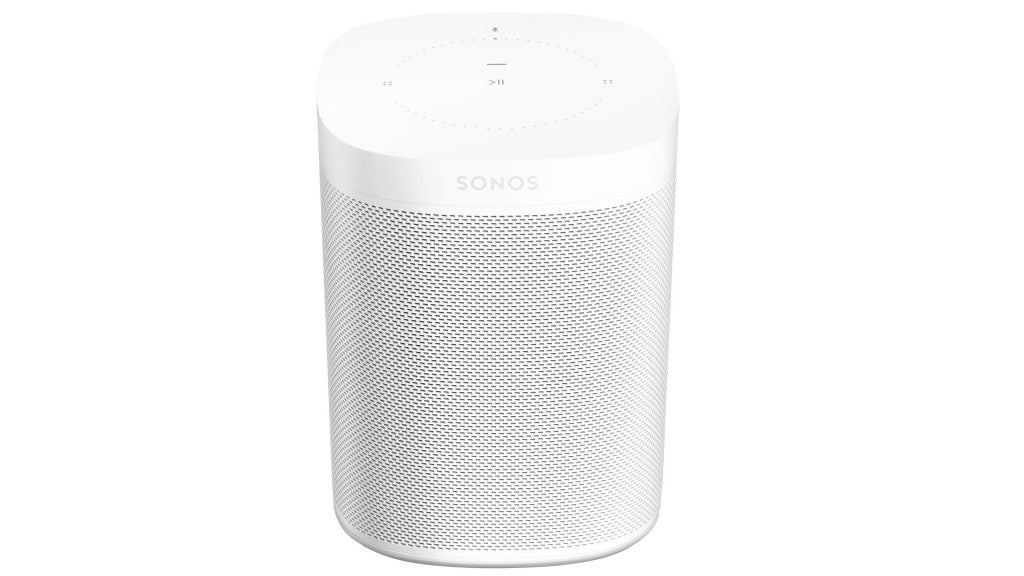
Lenovo Smart Display
From $199
Shown off at CES 2018, the Lenovo Smart Display is an upcoming Google Assistant alternative to the Echo Show. It’s likely the first of many, and there are 8-inch and 10-inch versions.
Responding to privacy concerns about the Amazon Echo Show’s ‘Drop In’ feature, there’s a cover that slides over the front camera.
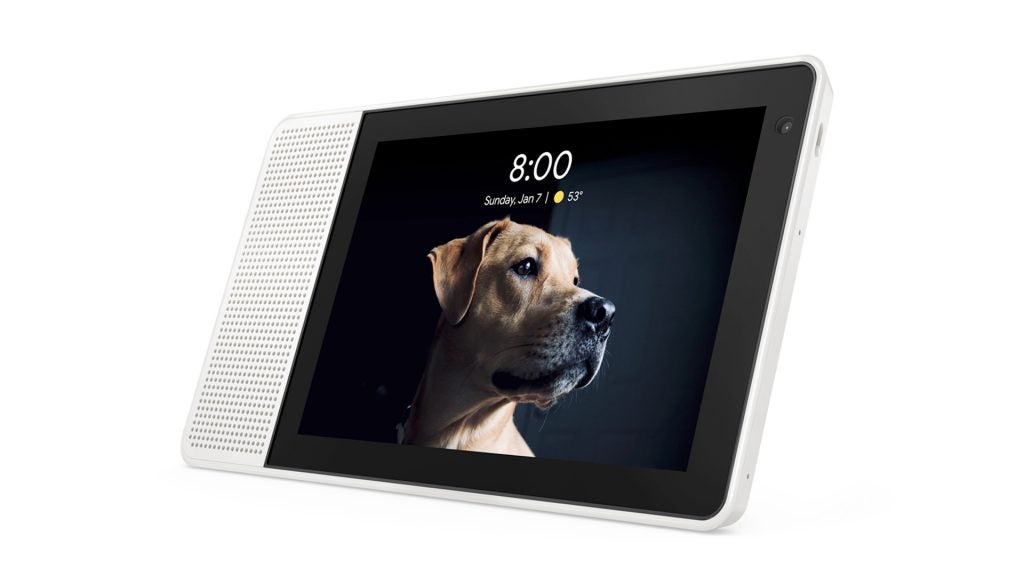
There are already many other speakers that integrate Alexa; this isn’t so for Google Assistant. These include the Cowin DiDa, Jam Rhythm, ZOLO Halo and Kitsound Voice One. Some of these are battery-powered for true portability (all the first-part speakers are wired-in), and most are competitively priced.
Google Assistant vs Alexa – Smart assistants in your car
The next space these assistants want to take over is your car. At CES 2018, Toyota announced it will bring Alexa to some Toyota and Lexus models in 2018, and other manufacturers are set to follow suit.
A few low-cost Alexa car dongles also featured at the show, including one $50 dongle from phone accessory giant Anker. This plugs into your car’s power socket (the cigarette lighter port), and connects to your phone over Bluetooth.
Google also announced Google Assistant is coming to Android Auto, an established system found in some higher-spec cars from most of the big manufacturers including Ford, VW and Volvo.

For those without wallets deep enough to afford one of these, Auto also features in a number of reasonably priced car stereos. The JVC KW-M730BT, Kenwood DMX-7017DAB and Sony XAV-AX200 among them.
Neither side really has an upper hand here yet, and there are doubtless many people with Android Auto and Apple CarPlay-ready cars who never use these features. Or don’t even realise they’re present.
This is more a space to watch than one of which to base a 2018 purchase decision – unless you’re a real car tech nerd, that is.
Google Assistant vs Alexa – Privacy
Google Assistant and Amazon Alexa are both the tech of privacy nightmares. The data they harvest powers these systems as much as any AI, and the collected data is used to inform the adverts you see on your laptop and phone.
This is what the whole Amazon vs Google war is really about: data. Go to Alexa.com and what do you find? An Amazon marketing platform.
However, to suddenly get upset about this as a byproduct of the smart home is to ignore the fact that it’s been the case for many years now. This is the standard Google model. It’s the Facebook model, too.
Both Amazon Alexa and Google Assistant let you log into your account to see all the recorded clips from your smart speakers, and delete them if you wish. Google goes a step further, letting you disable recording of your voice commands in the ‘Voice & Audio Activity’ part of its privacy settings.
Disabling this will make your Home experience worse, though. So if you’re worried about privacy to this extent, you shouldn’t get started with either smart home system.
Still torn? You might want to wait for the Siri-powered Apple HomePod. While Siri does store voice data, it’s anonymised rather than being directly associated with you. Amazon and Google make no bones about the fact that they sell data, while Apple primarily still sells hardware.
It isn’t that simple, of course. Apple does mine data. But Apple’s data collection is based on ‘differential privacy’, whose aim is to make sure this data doesn’t lead back to an individual. For now, at any rate.
Related: Amazon Echo vs Apple HomePod
Google Assistant vs Alexa – Which is best?
Choosing between these smart home systems should come down to how you think you’ll use a digital assistant day-to-day. If you dream of a Blade Runner-like AI that seems to have an almost uncanny ability to know what you’re talking about, Google Assistant wins.
However, it’s also slower to gain compatibility with other smart home gear. We recommend doing some research into any smart locks, lights and thermostats on your ‘must buy’ list to see if they’re supported by Assistant and Alexa.
There’s also the Fire TV to consider, whose remote is perhaps the most no-nonsense access point for family members suspicious of a brazen ‘listening device’, and the basic merits of smart home tech.
We’ve been using this tech for some time now, and the Google Assistant’s ability to avoid those infuriating, “I don’t get it!” responses gives it a slight edge for us.


